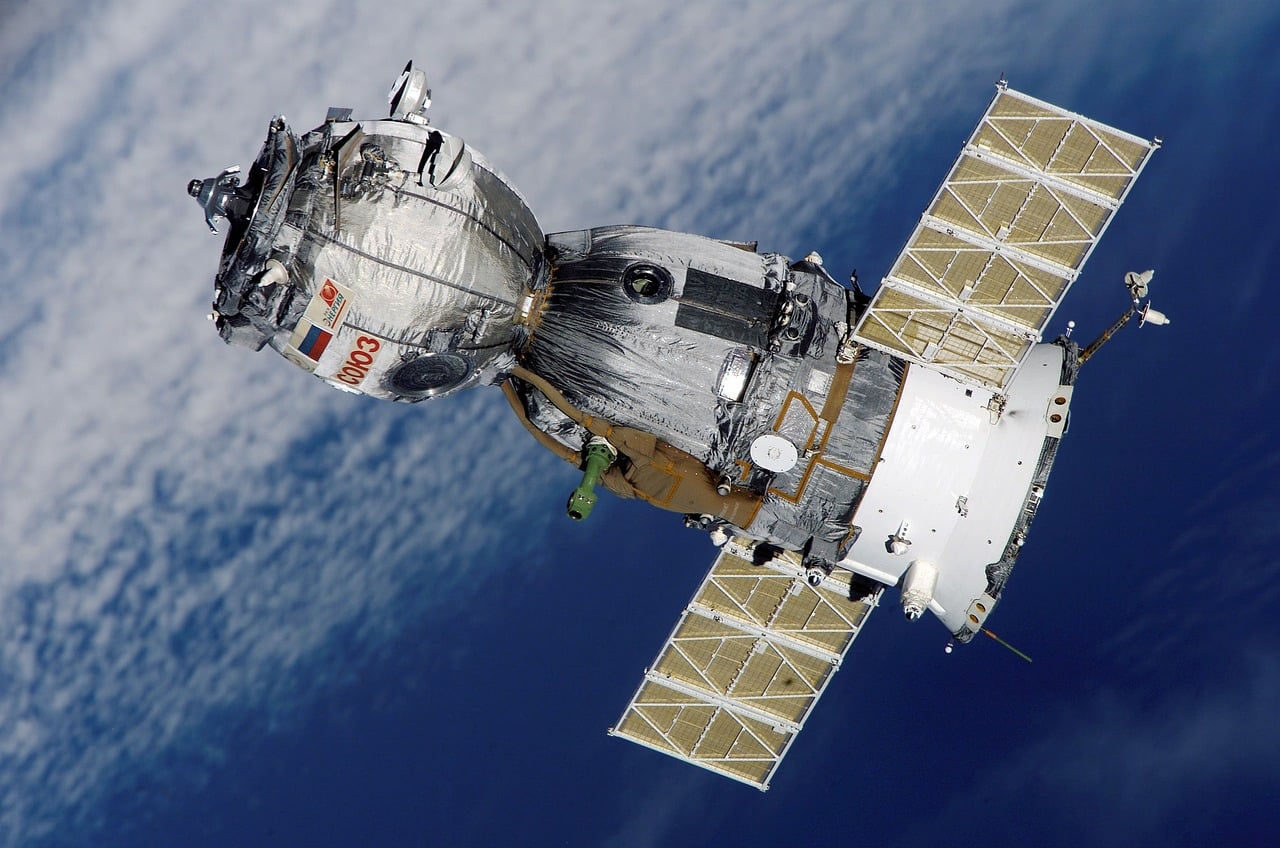Brussels, 3 November 2023
As a global space power, the European Union already has several flagship programmes that contribute to the objective of ensuring that Europeans can benefit from the economic and social advantages of space in their activities and daily lives.
The European Space Programme is a pioneer and world benchmark in Earth observation, satellite navigation, connectivity, space research and innovation.
Beyond the outer space domain, and in addition to the innovation and research and technology sectors, all components of the European Space Programme contribute with their services and applications to areas such as precision agriculture or safe navigation, making a major contribution to EU society and creating an indispensable impact on the lives of Europeans.
Space technologies, data and services are already indispensable in the daily lives of Europeans and play a key role in preserving many strategic interests. This is why, since the late 1990s, the European Union has developed its own space programmes and initiatives.
The most emblematic – responding to citizens’ needs and public policy requirements – are Copernicus, Galileo and EGNOS.
Copernicus: Europe’s eyes on Earth
Copernicus is the world’s most advanced Earth observation programme, designed to look at our planet and its environment. With today’s challenges, it is essential to be aware of the state and health of the planet, and the Copernicus programme’s mission is precisely that: to help, by collecting and analysing data, to know how the Earth is doing and to make the most effective decisions.
Copernicus is the world’s leading provider of space data and information, with more than 16 terabytes of data per day. The programme is a complex system of collection from several sources: observation satellites (from the Sentinel family; there are currently eight in orbit) and sensors at stations on land, at sea and in the air.
All the information collected by these sources is reliable, free and open to all citizens, although it is also processed to directly offer various services with near real-time information.
Copernicus focuses on six thematic areas:
- land
- sea
- atmosphere
- climate change
- emergencies
- security
This opens the door to countless applications and service options in areas such as environmental protection, urban area management, agriculture, forestry, fisheries, health, transport, climate change, sustainable development, civil protection or tourism.
Copernicus is named after Nicolaus Copernicus, whose theory of a heliocentric universe, challenging the geocentric view of his time, was a breakthrough and revolutionary moment in modern science.
Galileo: European navigation
Galileo is the EU’s own global navigation satellite system (GNSS), which provides very precise global positioning data. Galileo’s main objective is clear: to be a high-precision location system independent of the US GPS or Russian GLONASS systems.
Galileo operates through radio signals for the purpose of position, navigation and timing tasks. However, unlike the American and Russian systems, it has a civilian nature.
Sectors such as transport, agriculture, border control and rescue tasks depend on Galileo. It is accurate to within 20 centimetres, enabling breakthroughs and applications in new innovations and technologies such as drones and autonomous driving.
The Galileo programme’s array of satellites and stations (when fully operational it will have 30 satellites) provide an essential service today, especially for navigation and transport, right into the pockets of citizens. In figures: It is estimated that more than 4.66 billion Galileo-enabled mobile phones have been sold to date.
EGNOS: a precision complement
EGNOS, which stands for European Geostationary Navigation Overlay System, is a signal that improves navigation services for air, sea and land users. It is used to improve the performance and especially the accuracy of satellite navigation systems such as Galileo.
It is currently operational at 426 airports and heliports in 32 countries. While its main use is for navigation, its extension of GNSS accuracy means that it can be applied in other sectors such as agriculture or highly detailed terrain mapping.
Other programmes
The European space programme includes other initiatives such as GOVSATCOM, the secure communications programme, especially designed for critical missions and operations in the field of national security and institutions of the EU and its member states, and a pillar of the European Union’s overall foreign and security policy strategy.
Another essential component is Space Situational Awareness (SSA), which provides knowledge and understanding of space risks. It basically uses its communication, navigation and observation applications to mitigate the risk of collision between European space assets, such as satellites of the Galileo, Copernicus, EGNOS and GOVSATCOM programmes, as well as other spacecraft and space debris.
In addition, a new EU satellite constellation,IRIS2, is expected to enter initial service in 2024, enhancing and helping to overcome current secure connectivity challenges. This programme (which stands for Infrastructure for Resilience, Interconnectivity and Security by Satellite) is expected to boost Europe’s digital transition, making it more competitive, resilient, secure and sustainable.
Informal ministerial meeting on competitiveness (Space)
Source – EU Council Presidency

